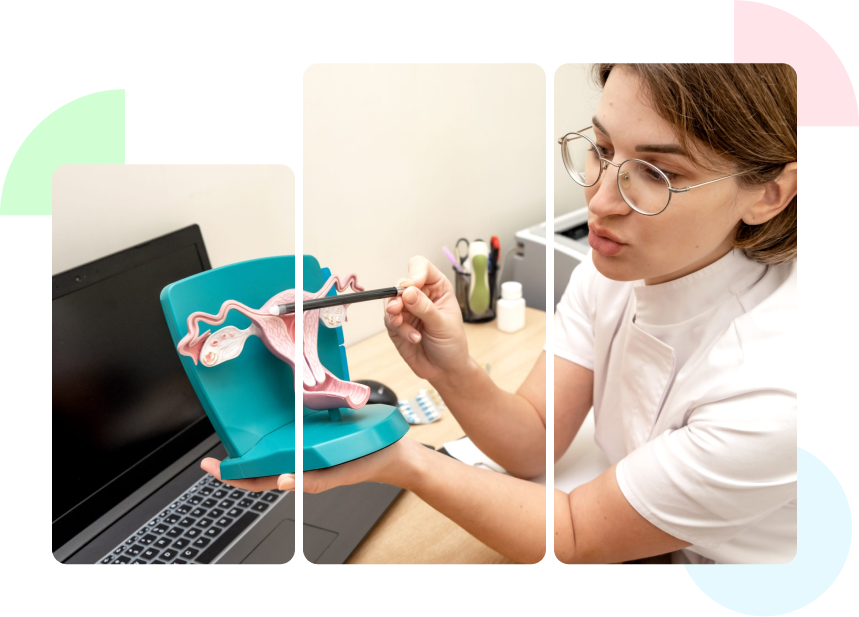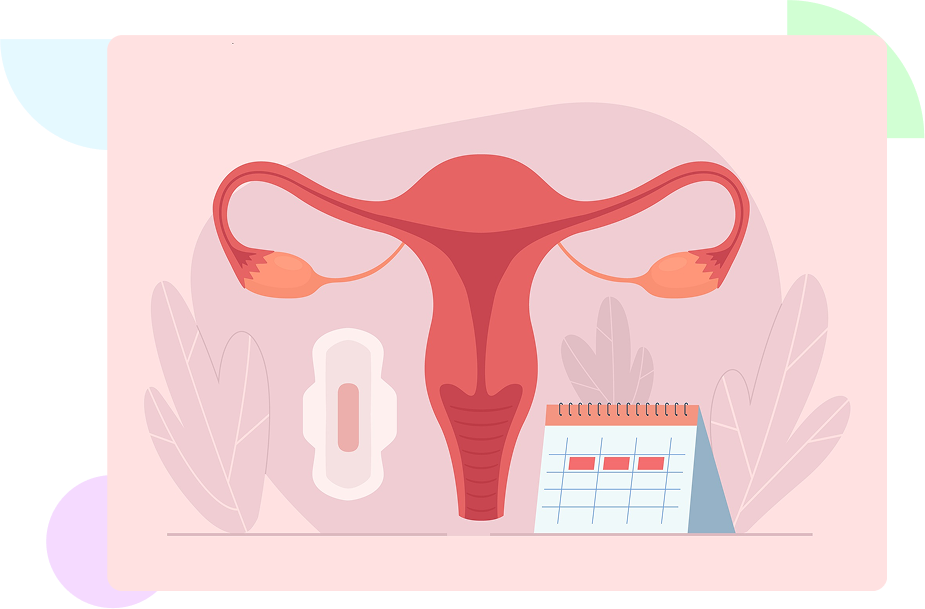
Adenomyosis is a disorder where the endometrium of the uterus invades the uterine wall muscles. It can cause a bulky uterus and is associated with pain, excessive bleeding, and pelvic discomfort. Adenomyosis primarily occurs in women in their 30s and 40s and primarily in those with children. It is not life-threatening, but it has a significant impact on daily living and general well-being.
Adenomyosis may be painful and interfere with everyday life. Some experience mild symptoms, while others experience a lot of pain. The following are the usual symptoms:
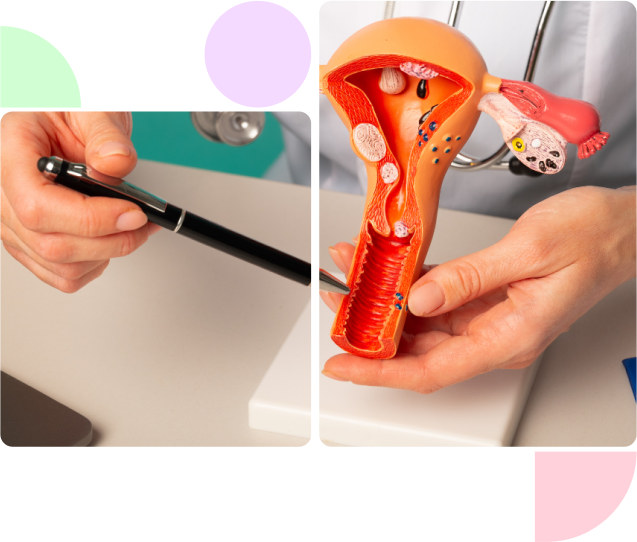
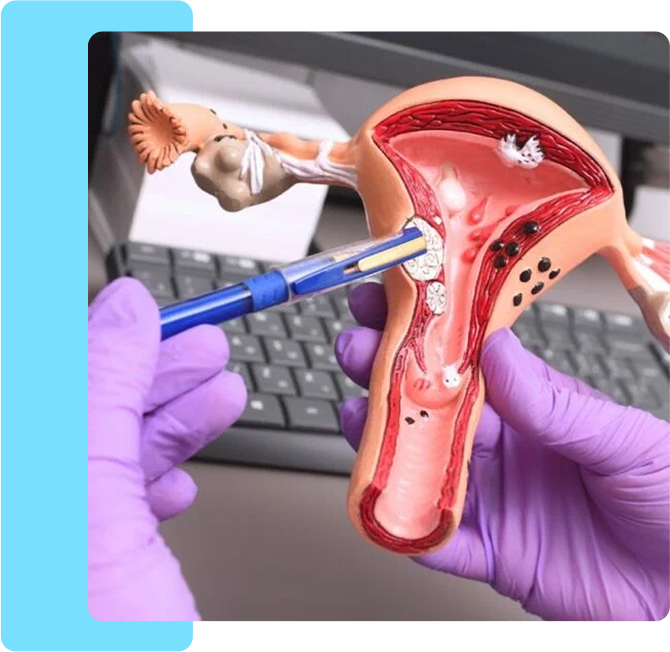
The cause of adenomyosis is not known, but several factors can play a role in it. These are:
Adenomyosis symptoms may look like other gynecological conditions. A doctor will use different methods to confirm it. Below are some ways it can be diagnosed:
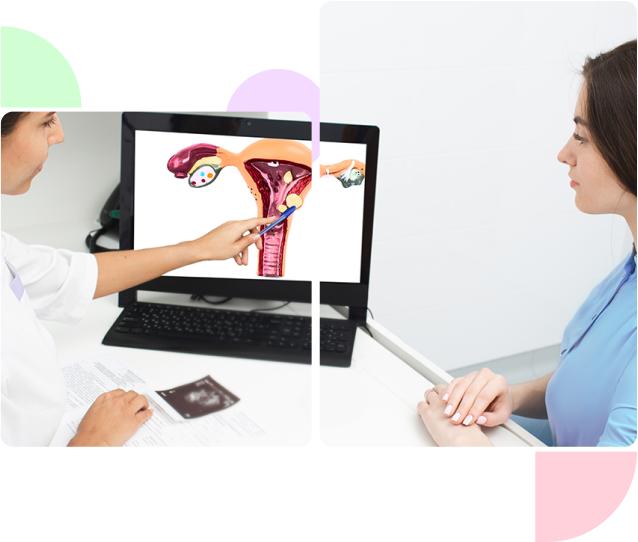
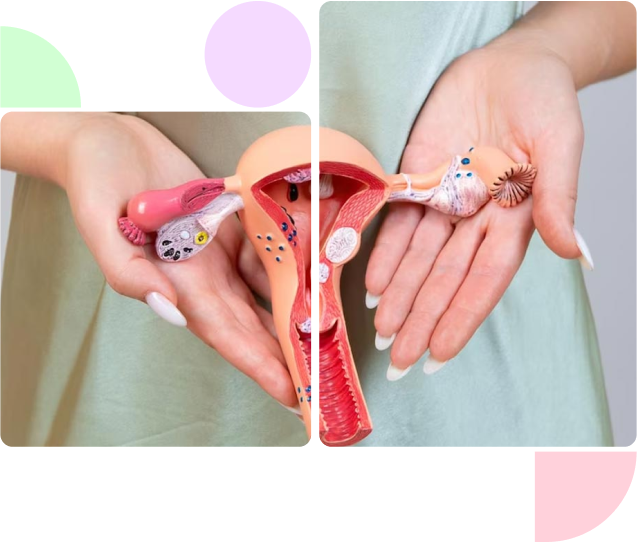
Treatment varies with the intensity of symptoms. Some women might not require treatment if the symptoms are minimal. But when it interferes with daily life, treatment can be:
There is no guaranteed method to prevent adenomyosis, but adopting some lifestyle choices can lower the risk. Some useful methods to keep the uterus healthy are mentioned below:
